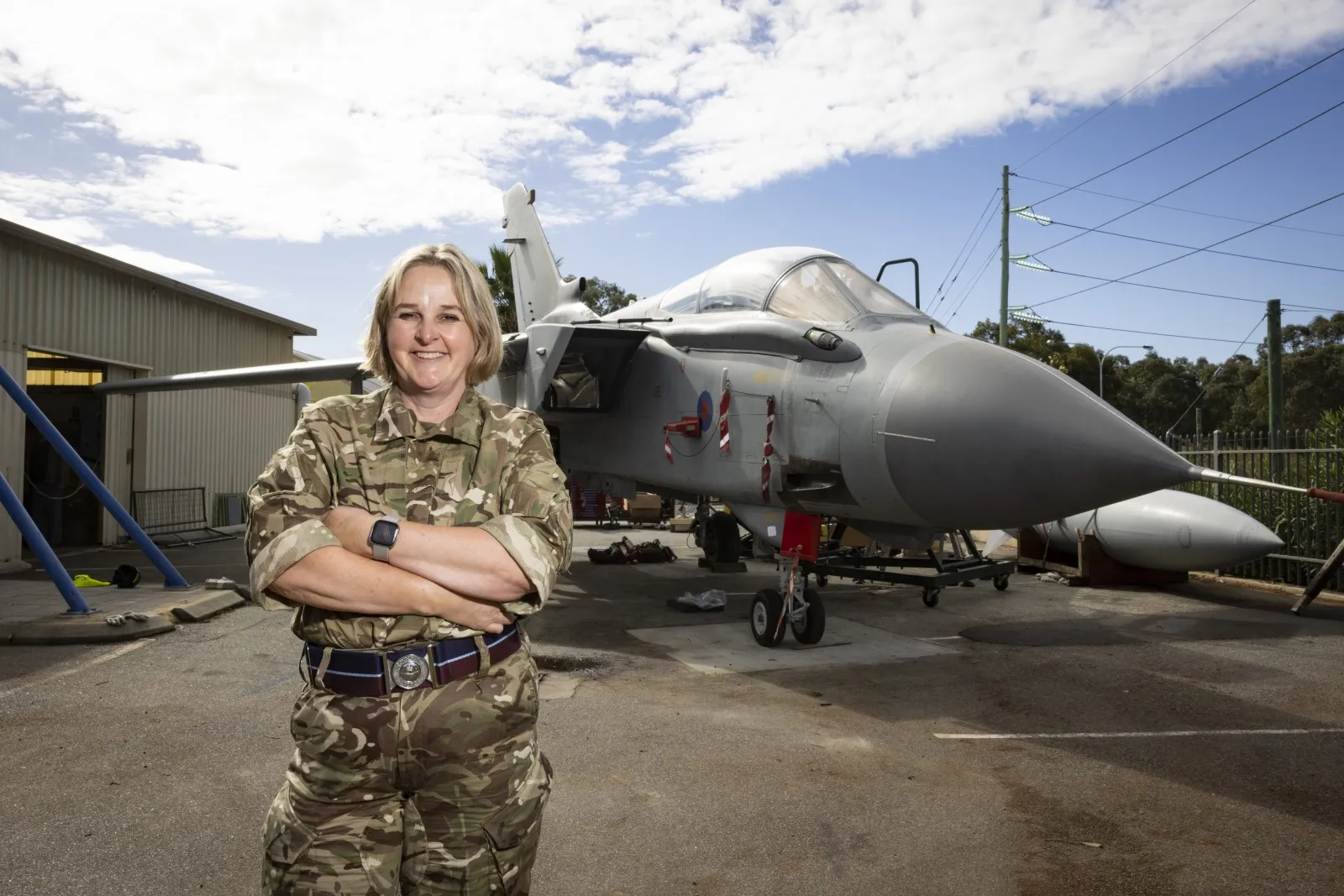
RAF hands over famous Tornado to WA Aviation Museum
Jun 18, 2022

The Royal Air Force has officially handed over a renowned Tornado aircraft to the WA Aviation Museum, marking a significant moment in aviation history. This particular Tornado, celebrated for its role in various missions, symbolizes the technological advancements and dedication of the RAF. The handover ceremony was attended by aviation enthusiasts and military personnel, highlighting the aircraft's legacy and its impact on modern air combat. The museum plans to restore the aircraft and showcase it as an educational exhibit, allowing visitors to appreciate the Tornado's contributions to both the RAF and the broader history of aviation.
The Royal Air Force (RAF) has made a significant contribution to aviation heritage by handing over one of its iconic Tornado aircraft to the WA Aviation Museum. This event not only highlights the importance of preserving historical military aircraft but also serves as a reminder of the Tornado's remarkable service history. The WA Aviation Museum, located in Western Australia, is set to become the new home for this legendary aircraft, allowing enthusiasts and visitors to appreciate the engineering marvel that the Tornado represents.
Significance of the Tornado Aircraft
The Tornado, a variable-sweep wing combat aircraft, has been a vital component of the RAF since its introduction in the late 1970s. Known for its versatility and adaptability, the Tornado has served in various capacities, including as a fighter-bomber and reconnaissance platform. Its operational history includes participation in numerous conflicts and humanitarian missions, showcasing its capabilities on a global scale.
Throughout its service, the Tornado has undergone several upgrades and modifications, ensuring it remained a formidable asset for the RAF. The aircraft is renowned for its speed, agility, and advanced avionics, making it a favorite among pilots and military strategists alike.
The Transition to WA Aviation Museum
The decision to hand over the Tornado to the WA Aviation Museum is a strategic move aimed at preserving the aircraft for future generations. Museums play a crucial role in educating the public about aviation history and the technological advancements that have shaped modern air travel. The Tornado's inclusion in the museum's collection will enhance its offerings and provide visitors with a tangible connection to the past.
The WA Aviation Museum is committed to showcasing the history of aviation in Australia and beyond. By acquiring the Tornado, the museum can offer an in-depth look at the aircraft's design, development, and operational use, making it a valuable educational resource. The museum plans to create informative displays and exhibits that highlight the Tornado's significance in military aviation.
Features of the Tornado Aircraft
| Feature | Description |
|---|---|
| Wingspan | 14.3 meters (47 feet) |
| Length | 16.7 meters (54.7 feet) |
| Maximum Speed | 2,370 km/h (1,473 mph) |
| Combat Radius | 1,000 km (620 miles) |
| Armament | Variety of bombs, missiles, and a cannon |
The Future of the Tornado at the Museum
The Tornado's presence at the WA Aviation Museum will serve as a focal point for various educational programs and community events. The museum plans to organize guided tours, workshops, and lectures that delve into the aircraft's engineering and operational history. These initiatives will not only attract aviation enthusiasts but also engage the broader community in discussions about the technological advancements in military aviation.
Furthermore, the museum aims to collaborate with educational institutions to develop curricula that incorporate the Tornado's history and its impact on aviation. By promoting STEM (science, technology, engineering, and mathematics) education through the lens of aviation, the museum hopes to inspire the next generation of engineers and pilots.
Preserving Aviation Heritage
The handover of the Tornado to the WA Aviation Museum symbolizes a broader commitment to preserving aviation heritage. As military aircraft like the Tornado retire from active service, it becomes essential to find ways to honor their legacy. Museums play a pivotal role in this process, ensuring that future generations can learn from the past and appreciate the technological advancements that have shaped modern aviation.
Additionally, the RAF's cooperation with museums highlights the importance of community engagement in preserving history. By donating aircraft and providing support for educational initiatives, the RAF is fostering a sense of pride and respect for the sacrifices made by those who served in the military.
Conclusion
The transfer of the Tornado aircraft to the WA Aviation Museum marks an important milestone in preserving the history of military aviation. As visitors flock to the museum to witness this iconic aircraft, they will not only learn about the Tornado's impressive capabilities but also gain insight into the broader narrative of aviation history. The collaboration between the RAF and the museum underscores the significance of maintaining a connection to the past, ensuring that the stories of these remarkable machines continue to inspire future generations.
Related Articles

Explore Thailand: The Best Islands to Visit for Paradise, Adventure, and Relaxation

The Ultimate Guide to the Best Islands in Thailand for Your Next Getaway

Do babies need passports? How to get a passport for a newborn

How to get a U.S. passport fast: here’s how to expedite the process

What is Mobile Passport Control: 5 reasons why you should use it

SENTRI vs. Global Entry: A detailed guide

Do you need a passport to go to the Bahamas? Let’s find out

Do you need a passport to go to Mexico? A detailed guide

Do you need a passport to go to Canada? We got the answer

Do You Need a Passport for a Cruise: An Essential Travel Guide

Booster Seat Requirements: All the Rules to Follow in Your Rental Car

What Are the World’s Most Powerful Passports, and How Does Yours Rank?

How to Take a Passport Photo at Home: A Helpful Guide

You've got to have heart! Southwest's new livery

Your opinion: Should water be free on low cost carriers?

Young women bolder than guys as solo travellers
